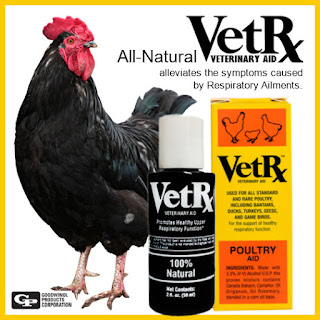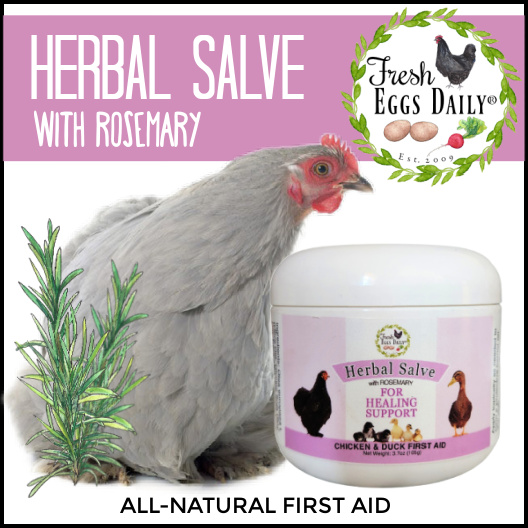12+ Uses for Wood Ash in Your Coop, Home and Garden
I'm sure many of you have wood stoves, fire pits or fireplaces, as we do here in Maine. If you do, you really should start saving your wood ash.
As long as you're burning only "clean" wood - nothing chemically treated, pressure-treated, painted or stained - and not using lighter fluid, charcoal briquettes or commercial products like those slow-burning logs - the wood ash can be used in various ways around your coop and garden.
12+ Uses for Wood Ash in Your Coop, Home and Garden
As long as you're burning clean wood and nothing with paint or chemicals in it, the ash is fine to use in lots of different ways in your coop and garden. Just be sure the ash is completely cooled and the fire is out before scooping up the ash.
Here are some of my favorite ways to repurpose and recycle your wood ash.
Uses for Wood Ash In the Coop
1. Use wood ash in the dust bath |
Charcoal or wood ash added to your chickens' dust bath helps to suffocate parasites such as mites, lice, fleas and ticks.
2. Use wood ash as a feed supplement |
It has been observed that animals in the wild will gnaw on charred branches and stumps after a forest fire.
Charcoal works as a laxative and detoxifier, flushing toxins out of the body. It will also help expel internal worms to some extent.
Calcium is the most abundant element in wood ash, but it's also a good source of potassium, phosphorus, and magnesium.
Adding wood ash to your chicken feed in a 1% ratio can improve lay rates, extend laying periods and will also reduce the smell of the chicken droppings.
Ashes obtained from hardwoods like cedar, oak and maple have five times as many nutrients as softwoods like pine and balsa.
3. Use wood ash as wound healing agent |
Wood ash possesses antibacterial qualities which can prevent an open wound from becoming infected and also works to stop bleeding quickly, much like cornstarch, when applied topically to a wound.
When ingested, the Vitamin K in the wood ash works to help blood clot and can reverse the effects of the coumadin in rat poison, for instance.
4. Use wood ash to keep the coop dry and odor-free |
Sprinkling wood ash on your coop floor can help reduce odors. Like baking soda, wood ash is alkaline and therefore will absorb and help neutralize bad smells. It will also help reduce the humidity levels in your coop.
5. Use wood ash to reduce the ammonia in your chickens' manure |
Adding charcoal in a ratio of 1-2% to your chicken feed can help prevent the creation of ammonia, leading to a more ammonia-free output from your chickens. Studies have found that it's effective in absorbing the ammonia and preventing fumes from forming.
6. Use wood ash to control impurities in the water |
Adding a chunk of charcoal to your waterer can help keep algae and other bacteria from forming and help absorb and filter out other impurities, while adding minerals to the water.
Remove and replace periodically.
Uses for Wood Ash In the Garden
7. Use wood ash as garden fertilizer |
Since wood ash is a plant-based substance, it contains most of the essential nutrients that soil needs for optimal plant growth.
Wood ash is roughly 10-25% calcium, 1-4% magnesium, 5-15% potassium and 1-3% phosphorus, depending on type of wood burned. If wood ash were packaged and sold commercially as fertilizer, it would have an N-P-K value of 0-1-3.
Wood ash works well on blooming shrubs flowering vines such as clematis, lilacs and nasturtium and flowers such as peonies, phlox and sweet peas.
Note: It's a good idea to have your soil tested before broadcasting ash over your entire garden. Most vegetables like a pH of 6.8 - 7.2 and wood ash will raise the soil alkalinity. Read the next point.
8. Use wood ash to neutralize acidic soil |
Wood ash has properties similar to agricultural lime as a fertilizer. Since it's alkaline in nature, wood ash will neutralize acidic soil in your garden.
Great for all your non-acid loving crops like beets and melons. Lavender, rosemary and thyme also like "sweet" soil, meaning non-acidic.
Just be sure not to use it on azaleas, berries, cilantro, cucumbers, garlic, parsley, pumpkins, rhododendron, squash, strawberries, sweet potatoes and others plants that prefer acidic soil.
Test your garden soil's pH,then mix some wood ash into your garden soil, and test again.
9. Use wood ash to nourish calcium-loving plants |
With its high calcium levels, wood ash is a wonderful soil additive for those plants that like extra calcium such as beans, broccoli, Brussels sprouts, cabbage, cauliflower, celery, lettuce, peas, potatoes, spinach and tomatoes.
10. Use wood ash to deter garden pests |
Sprinkle wood ash around the base of your plants to deter slugs and snails from attacking them.
11. Use wood ash to enrich your compost pile |
Wood ash in your compost pile will boost the nutrient levels and help plants grow.
Uses for Wood Ash Around the House
12. Use wood ash as ice melt |
Because wood ash contains potash (a type of salt also called potassium carbonate), it makes a super eco-friendly ice and snow melt on paths and the driveway.
It won't corrode metal or concrete like rock salt, won't harm your plants or the grass and is safe for your dogs, cats and chickens to walk on.
Of course, it can make a bit of a mess, so you likely won't want to use it too close to the house where it can be tracked inside.
13. Use wood ash to remove oil stains in the driveway |
Sprinkle wood ash over those unsightly oil stains on the driveway. Let the ash sit for several hours (or overnight), then simply use a broom to brush the ash away, taking the oil stains with it.
14. Use wood ash to de-skunk your dog |
Rubbing some wood ash into your dog's coat after it's been sprayed by a skunk is said to help neutralize the stinky odor.
So before you toss that pail of wood ash, think about how you could use it around your home, coop or garden.
15. Use wood ash to curb fridge or room odors |
Wood ash can help to absorb odors in your fridge or rooms in your house. Simply set a small bowl of wood ash where you want to control food or other odors. The ash will act like baking soda of coffee grounds and help to deodorize and neutralize smells. Wood ash will also pull humidity out of damp areas of your home.
16. Use wood ash to polish silver or clean glass |
Make a paste out of wood ash and water and use it to polish your silverware and clean your drinking glasses.
Pin This!
http://apps.caes.uga.edu/gafaces/?public=viewStory&pk_id=4067































